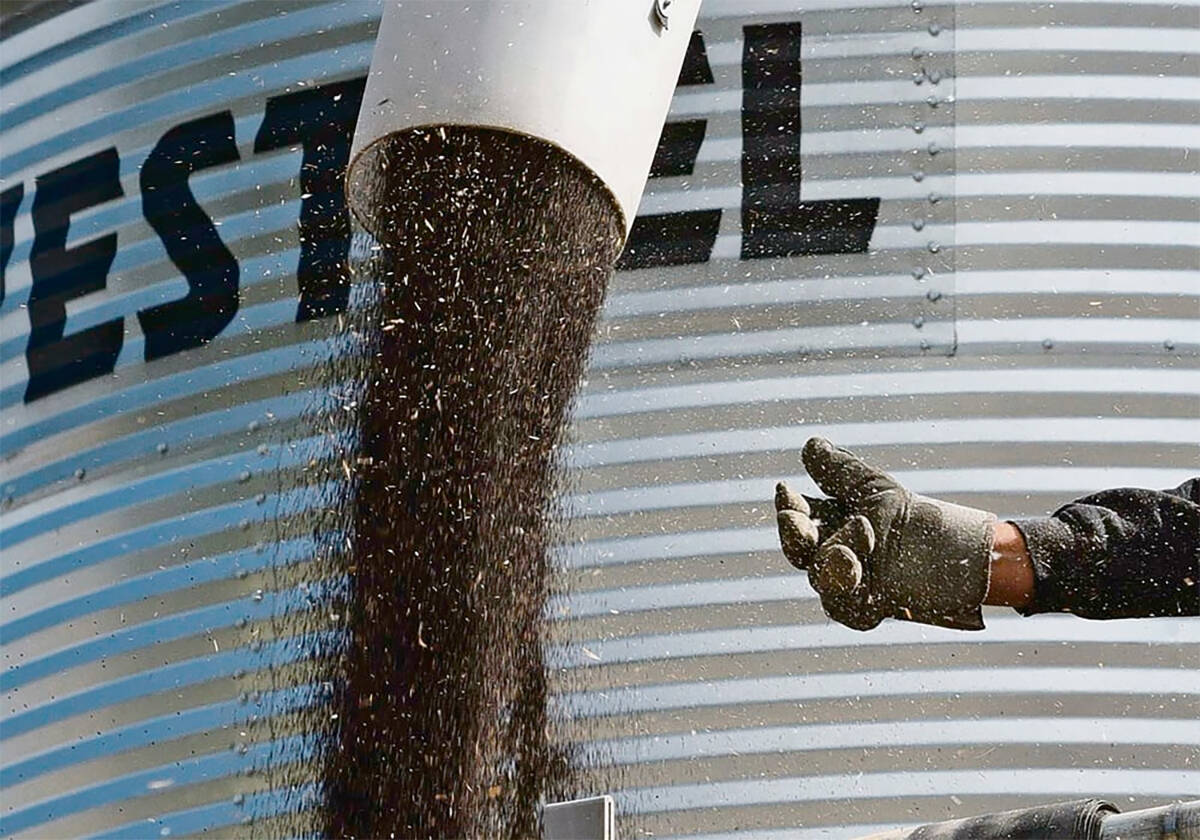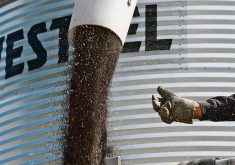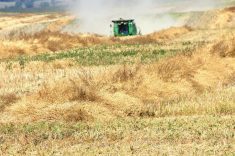Exceptionally dry weather in the Peace River area last fall has reduced this year’s forage crop.
Yields for creeping red fescue are down 10 to 20 percent from the area average, said Doug Thiessen, manager of Foster’s Seed and Feed in Beaverlodge, Alta.
“A fair amount of production is initiated in the fall,” he said.
“If you don’t have good moisture, yields are affected.”
Creeping red fescue yields are 50 to 800 pounds per acre depending on the age of the stand and if fields received timely rain. The average area yield is 325 lb. per acre, down from the 400 lb. per acre long-term average.
Read Also

Farmers urged to be grain-safe this fall
Working around grain bins comes with risk, from farmers falling to drowning in grain: Experts have five tips to help avoid grain-related accidents this harvest.
Grass seed harvest got off to a good start, allowing farmers to combine more than two-thirds of their acres, but scattered showers for more than a week have delayed the rest of harvest.
“It’s been just enough to keep us out of the field,” said Thiessen.
Heather Kerschbaumer of Golden Acres Seeds in Fairview, Alta., said area farmers are no longer waiting for the fescue grass seed to test dry, but will harvest it as soon as the sun returns.
“It keeps getting close to dry and then it showers and they’re stopped for another day,” Kerschbaumer said.
Fescue yields in the Fairview area are also smaller than what farmers anticipated this spring.
Many had hoped the abundance of rain and snow this spring would make up for dry weather last fall.
Yields are 100 to 650 lb. per acre.
Bromegrass crops seemed to have fared better and Kerschbaumer anticipated an average or above average yield. Harvest is just beginning.
“It seems brome responds better to the moisture this spring,” said Kerschbaumer, who is hoping to begin her farm’s bromegrass harvest soon if the sun shines.
“It seems like you need the warmth to get the drying. We have a heavy dew every morning and it takes a long time to get rid of that moisture.”
About 341,000 acres of turf and forage seed are grown in the Peace, making it the region’s fourth largest crop. The area is also the second largest turf and forage seed producer in the world after Oregon.
Long summer days and cool evenings during the growing season make it ideal for the cool weather crops.














